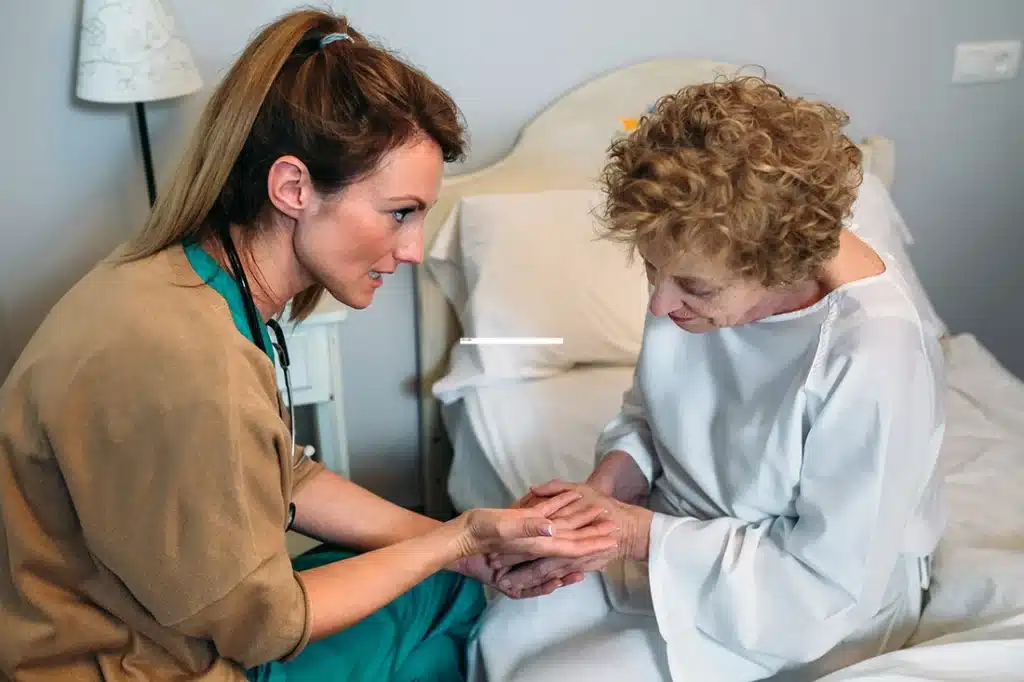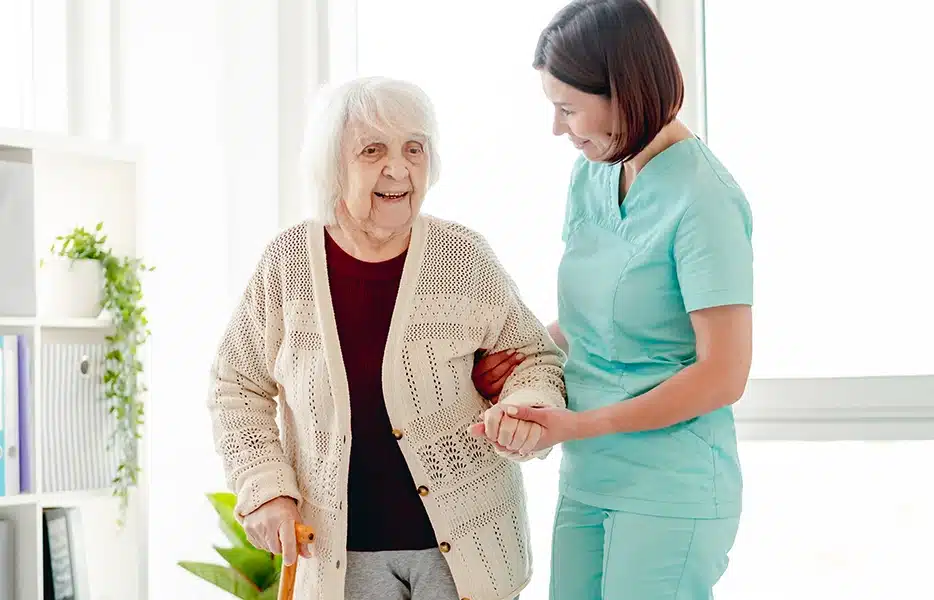
Table of Contents
ToggleIn the world of pain relief for elderly, two terms often come up: palliative care and geriatrics. Let’s break them down:
When we talk about geriatric pain relief, we’re placing it under this umbrella.
Imagine pain as a set of stairs. Each step represents a different intensity, and accordingly, a unique approach to management.
This concept is known as the pain ladder. For geriatric pain relief, this ladder becomes especially significant:

Medications are a mainstay in geriatric pain relief, but they come with their own set of challenges.
Let’s dive deeper:
Risks and Benefits: Senior individuals frequently grapple with various health issues simultaneously. A medication that’s beneficial for one ailment could potentially exacerbate another. Thus, vigilant monitoring of potential drug interactions and side effects is not just recommended—it’s imperative.
Exploring the Medicinal Spectrum: The gamut of pain relief options spans from non-steroidal anti-inflammatory drugs (NSAIDs) to the more potent opioids.
Each of these has its distinct set of protocols, dosage recommendations, and special considerations, meticulously designed to cater to the unique needs of geriatric pain relief.
The realm of geriatric pain relief is vast and multidimensional, extending beyond the confines of medication.
Achieving comfort for our elderly loved ones is a nuanced process that combines traditional medical approaches with holistic, alternative, and personalized therapies:
In essence, effective pain relief for elderly is about embracing a harmonized approach that marries the best of modern medicine with time-tested therapeutic practices.
GET IN TOUCH +
285 Sills Road
Building 5-6, Suite E
East Patchogue, NY 11772
(631) 475-5511
184 N. Belle Mead Road
East Setauket, NY 11733
(631) 675-6226
GET IN TOUCH +
285 Sills Road
Building 5-6, Suite E
East Patchogue, NY 11772
(631) 475-5511
184 N. Belle Mead Road
East Setauket, NY 11733
(631) 675-6226
SUBSCRIBE TO OUR NEWSLETTER +
Send us a Google review. Click this link and let us know how we did!
Review us on Yelp too.